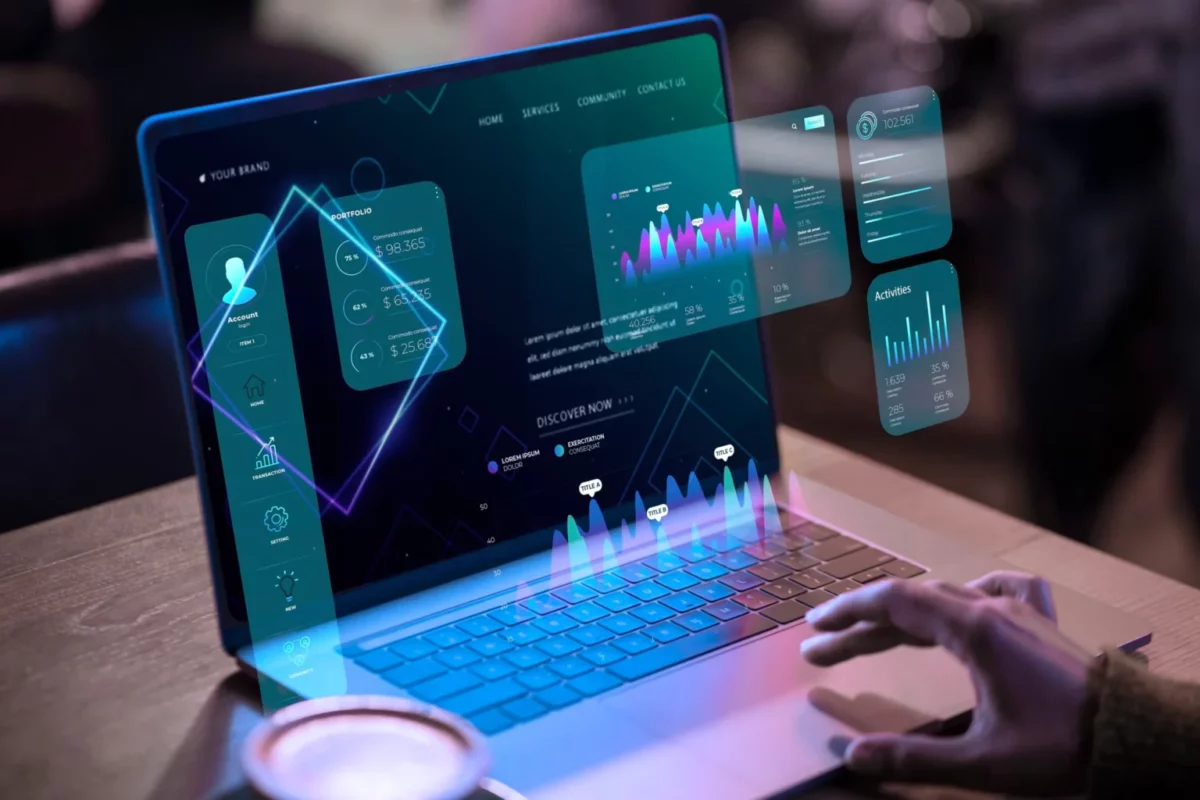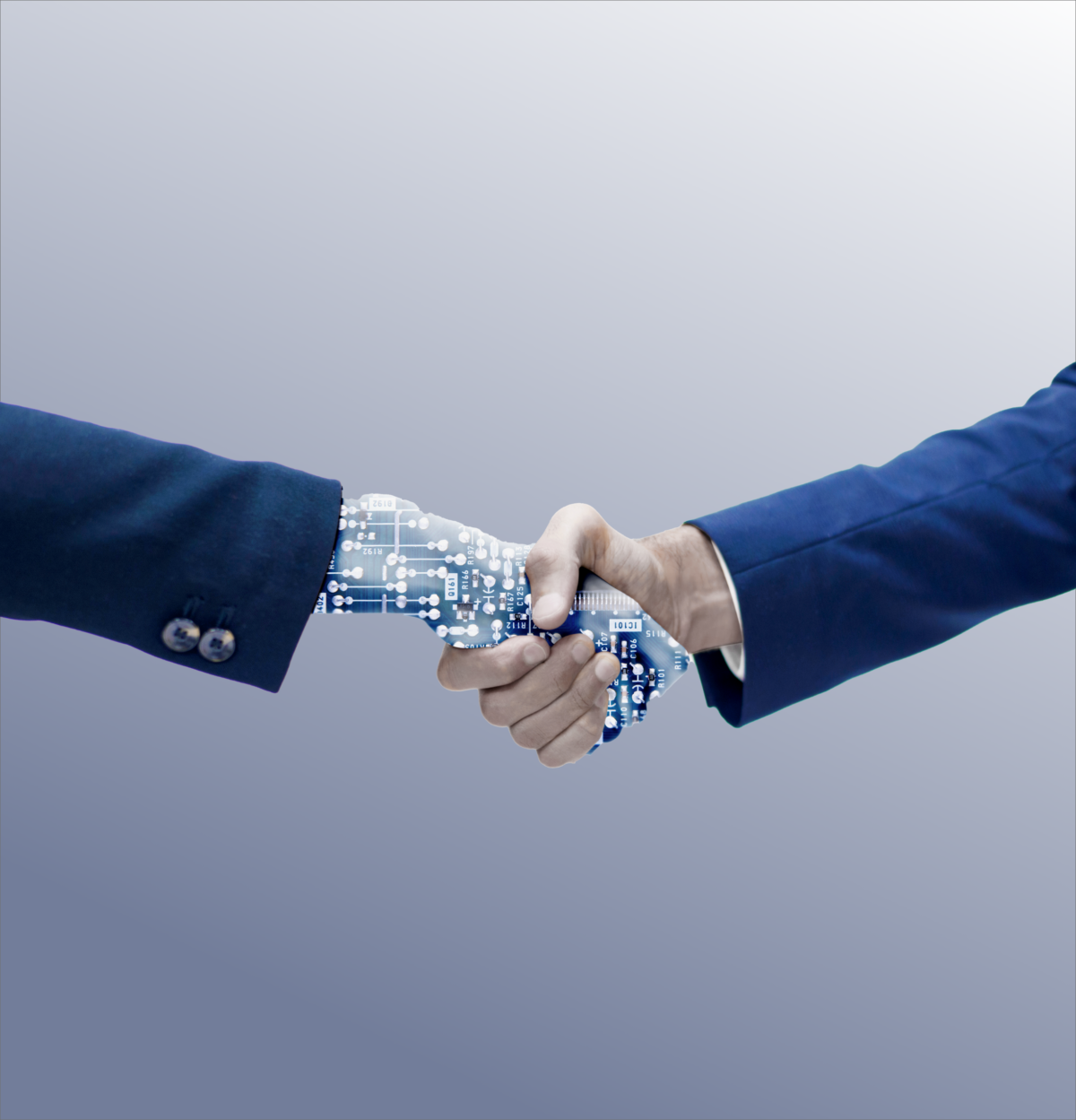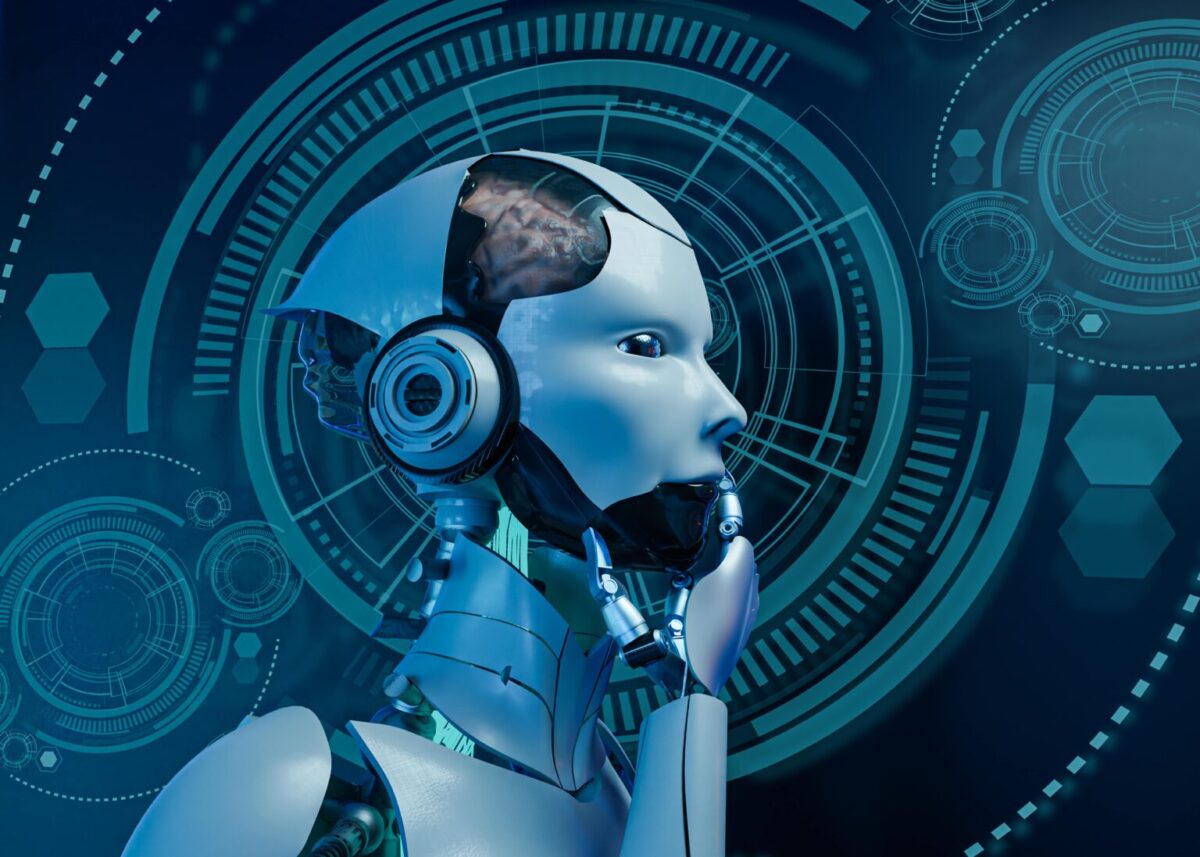In today’s rapidly evolving business landscape, the creation of high-performance teams stands as a critical determinant of organizational success. The dynamics of team performance have shifted, with an increasing emphasis on diversity, adaptability, and innovation. Enter INVIEWS, KABi Technologies’ AI-powered psychometric video assessment tool, which is revolutionizing the way organizations approach the assembly of such teams. This tool transcends traditional boundaries by employing cutting-edge AI to offer unprecedented insights into candidates’ personalities, emotional intelligence, and team compatibility, thereby enabling companies to go beyond conventional recruitment strategies and lay the foundation for teams that are not just effective but extraordinary.
The power of INVIEWS lies in its ability to analyze complex human traits through video assessments, providing a richer, more nuanced understanding of prospective team members. This advanced approach facilitates a deeper dive into the intricacies of human behavior, uncovering attributes like resilience, creativity, and the ability to thrive in collaborative environments—qualities that are quintessential for the success of high-performance teams. By leveraging such comprehensive insights, organizations can make informed decisions that not only align with the immediate needs of the team but also with long-term strategic goals, ensuring a synergistic blend of talent that propels the collective towards achieving and exceeding their objectives. In essence, INVIEWS is not merely a tool for assessment; it is a catalyst for transformation, driving the formation of teams that are equipped to navigate the complexities of the modern business world with agility and finesse.
Decoding Candidate Capabilities with Precision
The genesis of a high-performance team lies in the meticulous selection of its members, a process where INVIEWS shines. Traditional recruitment methods, while effective in assessing technical skills, often fall short in gauging soft skills, adaptability, and cultural fit—qualities that are indispensable for team synergy and performance. INVIEWS addresses this gap through advanced AI algorithms that analyze video assessments for nuanced insights into a candidate’s personality, cognitive abilities, and potential for collaboration and innovation. By providing a holistic view of each candidate, INVIEWS ensures that recruitment decisions are informed, strategic, and aligned with the team’s and organization’s overarching goals.
Enhancing Diversity and Inclusivity
Diversity and inclusivity are the bedrocks of high-performance teams, fostering creativity, problem-solving, and resilience. INVIEWS plays a pivotal role in promoting these values by mitigating unconscious bias in the hiring process. Its objective, data-driven approach to candidate evaluation enables organizations to recognize and appreciate the unique contributions of individuals from varied backgrounds, experiences, and perspectives. This not only enriches the team’s collective skill set but also cultivates an environment where innovation thrives.
Facilitating Seamless Integration and Alignment
The integration of new hires into existing teams is a nuanced process, critical to achieving high performance. INVIEWS contributes to this aspect by offering deep insights into candidates’ behavioral patterns, work styles, and communication preferences. Such insights are invaluable for managers and HR professionals in strategizing onboarding and integration efforts, ensuring that new members complement and enhance the dynamics of existing teams. Furthermore, the alignment of individual and team objectives is crucial for sustained performance. INVIEWS aids in this alignment by identifying candidates whose personal values and motivations resonate with the team’s ethos and organizational culture, thereby fostering a sense of unity and purpose.
Predicting Long-Term Success and Development
The contribution of INVIEWS extends beyond the initial stages of recruitment and integration. Its predictive analytics capabilities allow organizations to foresee how candidates might evolve within the team and contribute to its long-term success. This foresight is instrumental in planning developmental initiatives and career progression paths that align with individual potential and team objectives, ensuring that high-performance teams continue to grow, adapt, and excel over time.
The Future of Team Building with INVIEWS
As we look forward, the role of INVIEWS in building high-performance teams is set to become even more significant. With continuous advancements in AI and machine learning, INVIEWS is poised to offer even richer insights and predictive capabilities. This will further enhance the precision of talent acquisition processes, the effectiveness of team compositions, and the strategic development of organizational talent.
In conclusion, INVIEWS is not just redefining the recruitment process; it is revolutionizing the way organizations build and nurture high-performance teams. By leveraging the power of AI to uncover the full spectrum of candidate potential, enhance diversity, facilitate seamless integration, and predict long-term success, INVIEWS is paving the way for a new era of team building—one that is dynamic, inclusive, and aligned with the principles of excellence and innovation. In this journey toward cultivating teams that are not only high-performing but also resilient and forward-looking, INVIEWS stands as a beacon of progress, guiding organizations towards realizing their vision of success in an ever-changing business environment.













